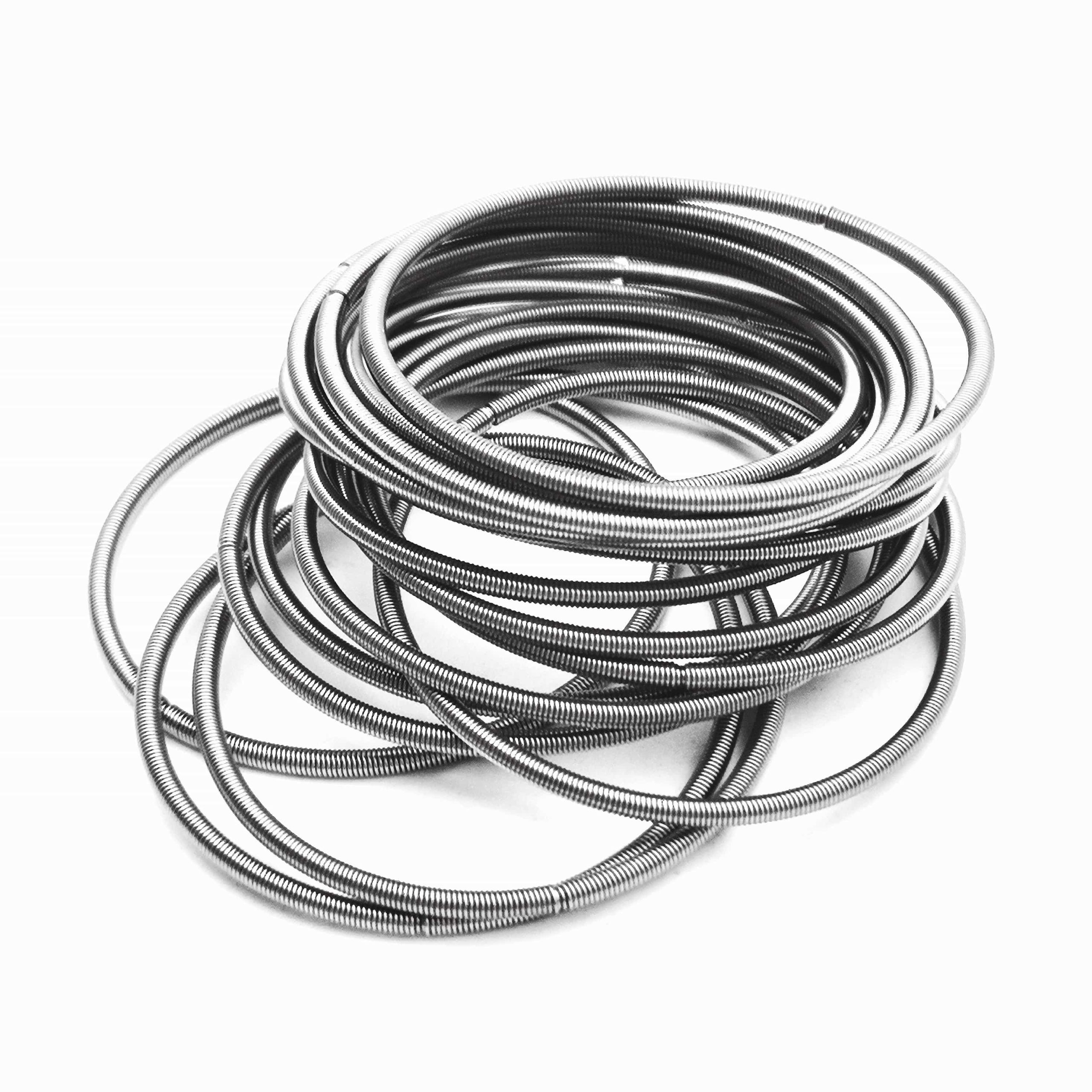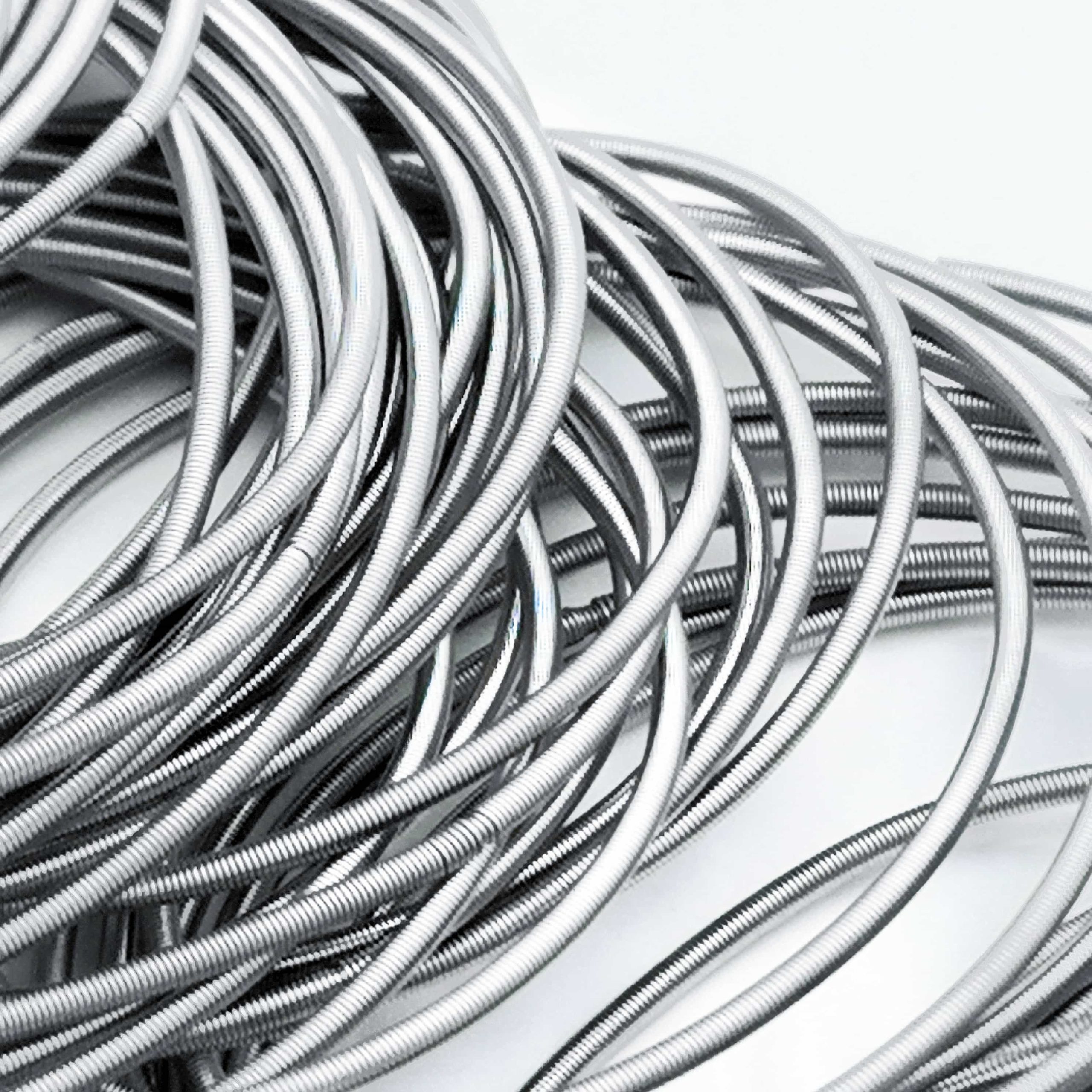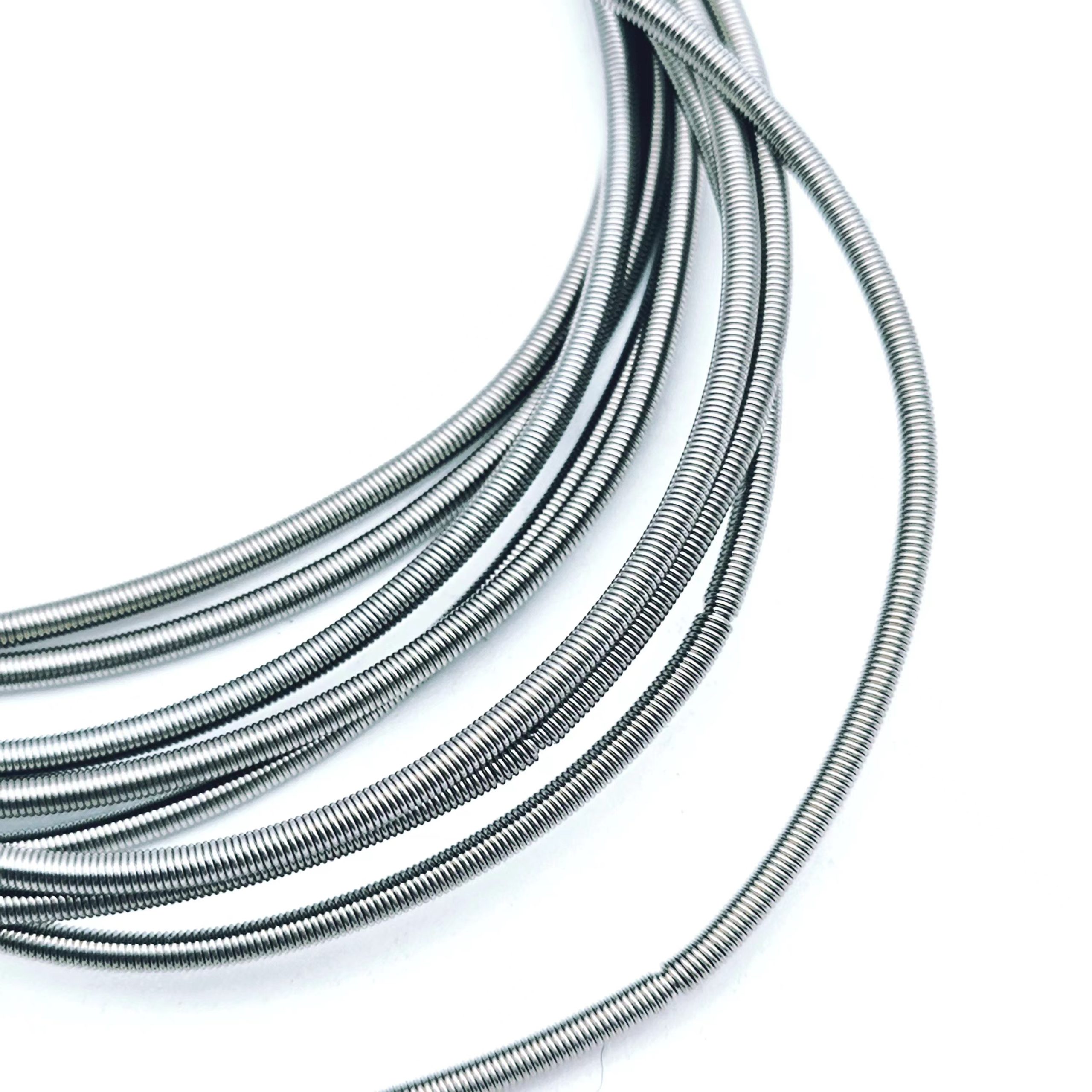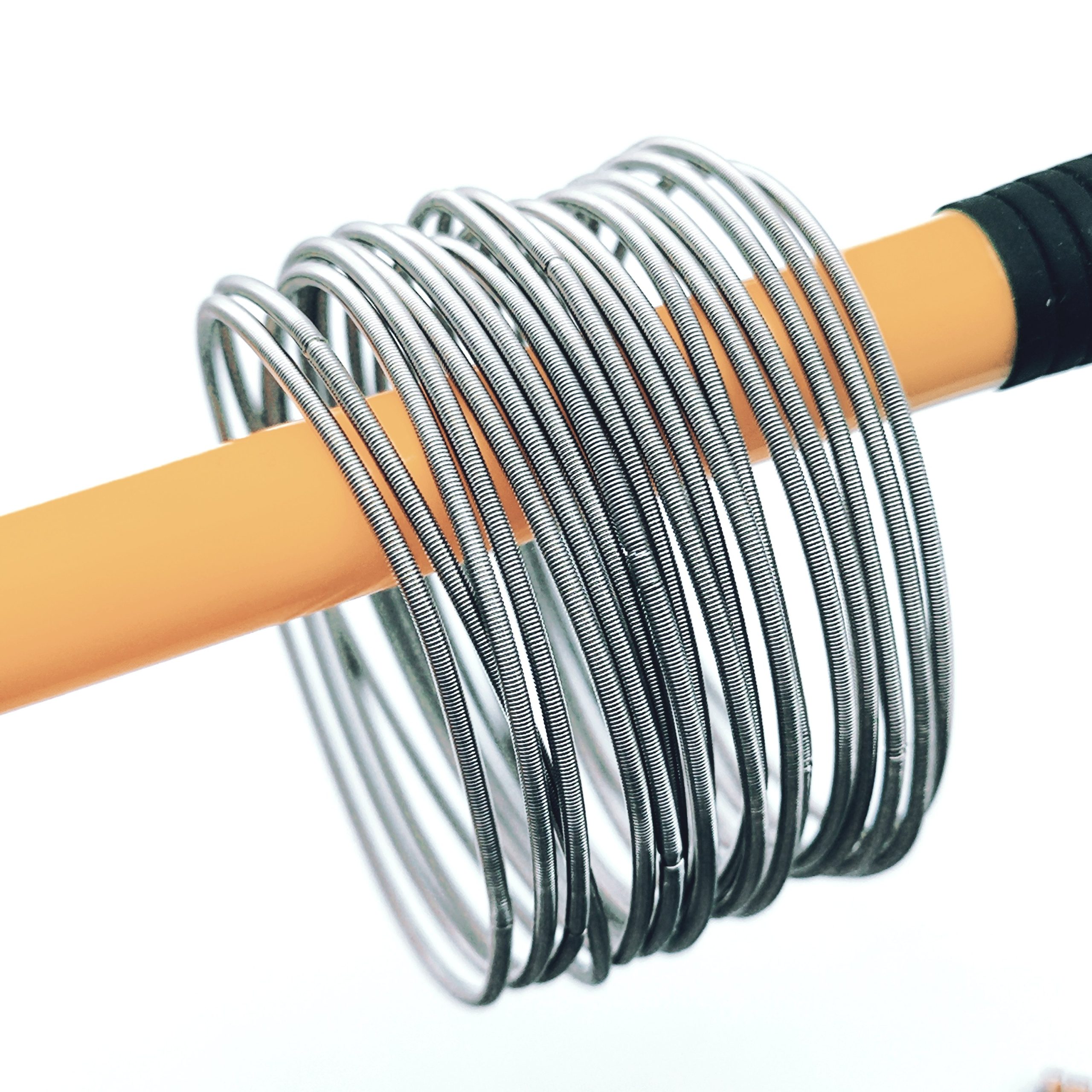
Oil seal springs
Oil seal springs are a critical component in hydraulic and mechanical systems, playing a vital role in maintaining the sealing integrity of oil seals. These springs are designed to enhance the sealing performance, prevent fluid leakage, and protect system components from contamination. This document provides a comprehensive overview of oil seal springs, including their definition, functions, materials, and applications, to highlight their importance in ensuring the reliability and efficiency of hydraulic systems.
An oil seal spring is an annular spring, typically made from high-quality carbon steel or stainless steel wire, designed to improve the sealing effectiveness of oil seals. The uncoiled length of the spring typically ranges from 20–5000mm, with wire diameters varying from 0.15mm to 1.0mm.

Proper installation and maintenance of oil seals are critical to ensure the spring functions as intended. Regular inspections should be carried out to detect wear, damage, or misalignment.
Customization:
In some cases, oil seal springs can be customized to meet specific requirements, including size adjustments and material changes, based on the needs of the hydraulic system.
Failure of the spring can result in fluid leakage, reduced system performance, and potential damage to other components. Prompt replacement of faulty seals and springs is essential to maintain system efficiency.
Environmental Considerations:
Depending on the application, the spring may need to withstand harsh conditions, such as exposure to saltwater in marine environments or high contamination levels in industrial applications.
Dust and Particle Protection:
In certain applications, the spring also serves to protect internal components from dust, dirt, and small particles, preventing contamination and damage to the system.

The spring in the oil seal may be designed to provide both radial and axial sealing, effectively preventing fluid leakage along the shaft circumference or length.
Sealing in Dynamic Applications:
For systems involving continuous or dynamic shaft motion, the spring design must adapt to movement and maintain effective sealing under dynamic conditions.
Oil seal springs must undergo rigorous testing to ensure they meet industry standards. Standard tests include pressure testing, wear resistance, and leakage evaluations to verify performance and reliability.
Compatibility with Other Sealing Elements
Oil seals often work in conjunction with other sealing components, such as O-rings or gaskets. The spring design must complement these elements to create a unified and effective sealing system.
Cost and Efficiency:
Material and design choices should balance performance and cost. High-performance materials and designs offer enhanced durability and sealing performance but come at a higher cost.

Common materials for oil seal springs include 70 steel, XC70 steel, and stainless steel. The spring should not exhibit more than a 10% reduction in tensile strength after being heated at 200°C for 5 hours.
Oil seal springs are widely used in industries such as food machinery, hardware and rubber, automotive, and various mechanical components. They play a crucial role in ensuring the sealing performance and reliability of hydraulic systems in these applications.
Oil seal springs are essential components in ensuring the performance, longevity, and reliability of hydraulic systems. Their ability to prevent leaks, compensate for wear, retain lubricants, and withstand extreme conditions makes them invaluable in many industrial applications. The correct selection of materials, design, and proper maintenance are crucial for optimizing their functionality and ensuring the efficiency of the systems they serve.